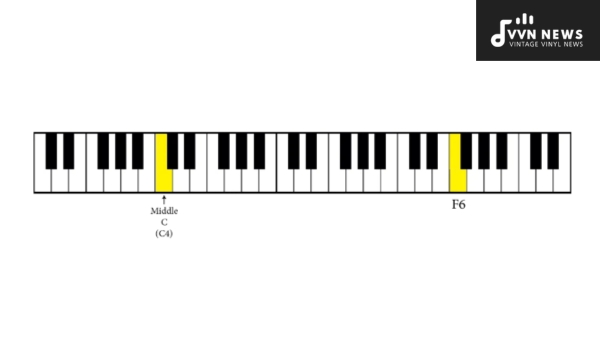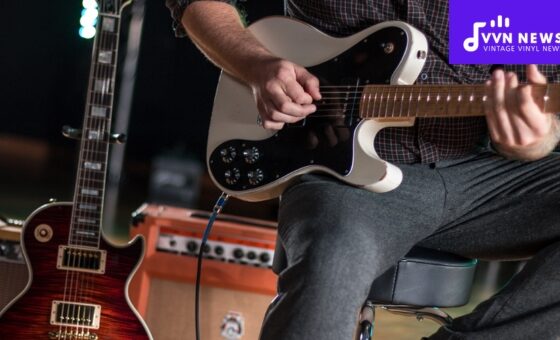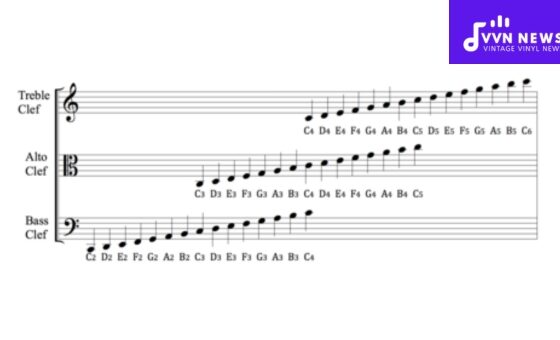The love for singing stems not just from the music itself, but also from the variety and intricacy that different voices offer. Among such captivating voice ranges lies the soprano voice, the highest singing voice of all.
This soprano voice guide” is designed to deepen your awareness of this vocal category and help develop your proficiency as a soprano singer.
You will be guided through nuances of the soprano voice, tips for training, and ways to enhance performance.
It’s no secret that embracing and mastering your soprano voice potential can take quite some commitment and dedication.
Every aspiring singer should consistently work towards perfecting their pitch, quality, tone, resonance, and coloratura techniques.
Broadening your knowledge about these elements can indeed make a considerable difference in optimizing your soprano skills.
How Can You Identify a Soprano Voice?
Identifying a soprano voice can be relatively straightforward if you know what to listen for. Here are some key characteristics to help you identify a soprano voice:
- High Notes: Sopranos effortlessly hit and sustain high notes with clarity and resonance. They can reach soaring heights that are beyond the range of other voice types.
- Bright Tone: Soprano voices have a distinct brightness and brilliance that cuts through the musical texture. Their sound is clear, shimmering, and often described as angelic.
- Flexible Vocal Range: Sopranos can navigate between their lower register (chest voice) and their upper register (head voice) seamlessly. This allows them to transition between different vocal colors with ease.
- Agility and Ease: Sopranos possess agility in their voice, enabling them to execute rapid runs, trills, and melismatic passages effortlessly. Their vocal technique allows for fluidity and precision in performing intricate musical passages.
- Head Voice Dominance: Sopranos have a natural inclination towards using their head voice, which is characterized by a lighter timbre compared to the chest voice. This gives sopranos the ability to produce those ethereal high notes that mesmerize listeners.
- Versatility in Musical Styles: While sopranos are commonly associated with classical music, they can also excel in various genres such as opera, musical theater, pop, jazz, and more.
By keeping these characteristics in mind while listening to a vocalist, you will have a better understanding of whether someone possesses a soprano voice or belongs to another vocal range category.
Also Read: 13 Best Power Conditioners For Superior Protection [Buying Guide]
What Are the Different Categories of Soprano Voices?
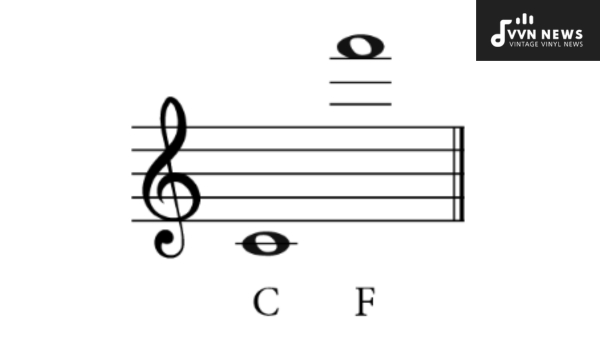
Within the soprano range, several distinct categories classify and define different types of sopranos.
These categories are based on factors such as vocal timbre, range, agility, and dramatic capabilities.
These categories can help both singers and listeners appreciate the diverse nuances within the soprano voice. Let’s explore each category in more detail:
1. Coloratura Soprano
The coloratura soprano is known for her agility and ability to perform intricate embellishments and rapid melodic passages with precision and clarity.
This type of soprano excels in passages requiring rapid scales, trills, and ornamentation. Coloraturas possess a light, agile voice that effortlessly navigates through extremely high notes with ease.
2. Soubrette Soprano
The soubrette soprano is characterized by a sweet, playful, and charming quality to her voice. She often portrays young or innocent characters in operas and musicals.
While her voice may not have the same power as other sopranos, she possesses the agility and flexibility to perform quick melodic passages with an air of youthful innocence.
3. Lyric Soprano
The lyric soprano has a warm and expressive voice that beautifully conveys emotions through her singing.
She possesses a balanced vocal range that includes both high and low notes while maintaining a smooth transition between registers.
The lyric soprano is often associated with romantic opera roles that require emotional depth and lyrical melodies.
4. Spinto Soprano
The spinto soprano combines the richness of the lyric soprano with increased vocal power and dramatic intensity. With a darker-toned voice, she excels in portraying passionate characters with emotional depth in opera performances.
The spinto soprano’s voice possesses both warmth for lyrical passages and power for climactic moments in music.
Also Read: B Major: The Scale And Chords [Guide To This Bold & Beautiful Key]
5. Dramatic Coloratura Soprano
The dramatic coloratura soprano is a rare and exceptional type of soprano voice. This category combines the agility and flexibility of the coloratura soprano with a larger voice capable of more dramatic and powerful sound.
can effortlessly navigate through demanding coloratura passages while also delivering intense emotional performances in roles that require exceptional vocal skills.
These different categories within the soprano range allows both singers and listeners to appreciate the versatility and uniqueness of each voice type.
It is essential to note that these categorizations serve as general guidelines, and some sopranos may possess qualities that span across multiple categories or have unique characteristics that defy categorization.
How Does a Soprano Differ from a Treble Voice?
While both soprano and treble voices fall within the higher range of vocal registers, there are distinct differences between the two.
Let’s explore these differences to help you on how a soprano voice differs from a treble voice.
Soprano Voice:
- Definition: A soprano voice refers to an adult female voice that possesses the highest range among all vocal types.
- Vocal Range: Sopranos generally have a vocal range that spans from approximately C4 (middle C) to A6 (high A), although this can vary among individuals.
- Vocal Characteristics: Sopranos have developed vocal technique and endurance, allowing them to sustain high notes with clarity, power, and agility.
- Musical Repertoire: The repertoire for sopranos is extensive and diverse. Sopranos often perform leading roles in operas, oratorios, art songs, and choral works. They are also prevalent in musical theater and popular music genres.
Treble Voice:
- Definition: A treble voice typically refers to the high-pitched singing voice of a prepubescent child (usually male), before their voice undergoes significant changes during puberty.
- Vocal Range: The treble range typically extends from approximately A3 to D5 or E5, depending on individual development.
- Vocal Characteristics: Trebles have clear, pure tones and possess an innate ability to produce high, light notes. Their voices often showcase innocence and purity characteristic of youthfulness.
- Musical Repertoire: Traditionally, trebles are associated with Boychoirs or Choirs of Men and Boys. They frequently perform religious music such as hymns, choral works, and Christmas carols. Additionally, trebles may participate in musical theater productions requiring young male voices.
It’s important to note that while a soprano voice is an adult female voice type, a treble voice is specific to young boys.
The main distinction lies in their vocal range, vocal characteristics, and the musical genres they typically perform in.
Sopranos possess a wider vocal range and perform in various musical styles, while trebles showcase their pure voices primarily in choral contexts.
What Is the Vocal Range for a Soprano?
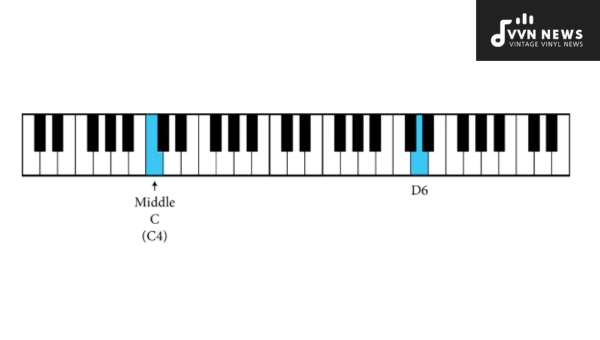
When it comes to vocal ranges, sopranos sit at the very top. They possess the highest range among all voice types.
A soprano can effortlessly hit those breathtaking high notes that leave audiences in awe. The vocal range for a soprano typically spans from approximately C4 (middle C) to high C6 or even higher.
To break it down further, here is a breakdown of the different categories within the soprano voice range:
- Coloratura Soprano: Coloratura sopranos have an extended upper range and are known for their agility and ability to perform rapid, intricate vocal embellishments.
- Soubrette Soprano: Soubrette sopranos have a lighter, more playful tone and excel in comedic roles. While they may not have an extensive upper register like coloraturas, their vocal agility is still impressive.
- Lyric Soprano: Lyric sopranos possess a warm and expressive tone with a focus on lyricism. They can effortlessly navigate through melodic lines and sustain long notes with beauty and flexibility.
- Spinto Soprano: Spinto sopranos have a powerful voice that sits between the lighter lyric soprano and the heavier dramatic soprano. They often take on emotionally intense roles that require both strength and sensitivity.
- Dramatic Coloratura Soprano: Dramatic coloratura sopranos combine the agility of coloraturas with the power and dramatic intensity of dramatic sopranos.
It’s important to note that individual vocal ranges can vary, and not all sopranos will fit neatly into one specific category.
As singers develop their technique and training, they may find their voices adapting or expanding within their chosen category.
The vocal range of a soprano is essential for selecting an appropriate repertoire, knowing one’s strengths, and exploring the full potential of the voice.
Mastering the unique range and nuances of the soprano voice is an exciting journey that requires dedication, practice, and guidance from trained vocal coaches or instructors.
Also Read: E Flat Minor Pentatonic Scale [Master This Key With Our Guide]
Which Musical Pieces Are Composed Specifically for Sopranos?
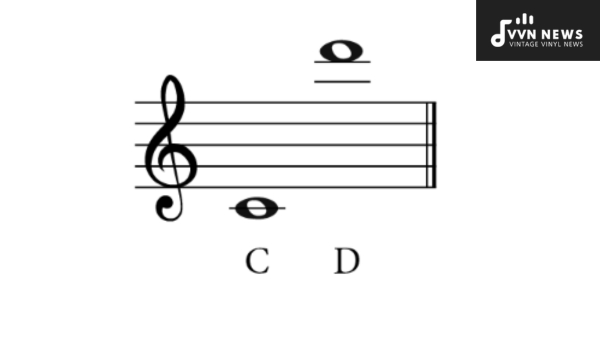
Sopranos are fortunate to have a vast repertoire of solo and ensemble pieces written specifically for their voice type. Here are some notable examples across various musical genres:
Classical Music:
- Opera Arias: Operas by composers like Mozart, Verdi, Puccini, and Wagner have beautiful soprano arias that showcase the range and versatility of the soprano voice. From the famous “Queen of the Night” aria in Mozart’s “The Magic Flute” to Puccini’s iconic “O mio babbino caro” from “Gianni Schicchi,” these pieces demonstrate the power and brilliance of sopranos.
- Oratorio Solos: Oratorios such as Handel’s “Messiah” often feature sopranos in solo roles. Pieces like “Rejoice Greatly,” “I Know That My Redeemer Liveth,” and “How Beautiful Are the Feet” give sopranos opportunities to display their expressive abilities within sacred music settings.
Musical Theater:
- Broadway Showstoppers: Musicals have numerous great roles for sopranos. Songs like “Think of Me” from Andrew Lloyd Webber’s “The Phantom of the Opera,” “Somewhere Over The Rainbow” from “The Wizard of Oz,” or “I Could Have Danced All Night” from Lerner and Loewe’s “My Fair Lady”, highlight the soprano’s ability to convey emotions through soaring melodies.
- Revue Numbers: Revue-style musicals, such as Stephen Sondheim’s works, offer complex character-driven songs for sopranos. Examples include Sondheim’s iconic song “Send in the Clowns,” made famous by Judy Collins, and “Getting Married Today” from “Company,” a humorous tour-de-force.
Art Songs:
- Lieder: Sopranos often perform German art songs known as Lieder. These pieces, composed by masters like Schubert, Schumann, and Brahms, offer a platform for sopranos to explore themes of love, nature, and introspection. Songs such as Schubert’s “Ave Maria” or Schumann’s “Du bist wie eine Blume” are cherished gems of the soprano repertoire.
- French Mélodies: French composers like Debussy and Fauré have written exquisite mélodies for sopranos. These songs require delicate vocal control and lyrical interpretation. Examples include Debussy’s “Clair de Lune” or Fauré’s “Après un rêve.”
Contemporary Music:
- Pop Ballads: Many modern pop ballads are performed by sopranos due to their ability to convey emotion through powerful high notes. Artists like Mariah Carey and Celine Dion have created iconic soprano-driven songs such as Carey’s “Hero” or Dion’s “My Heart Will Go On.”
- Cross-Genre Collaborations: Sopranos may collaborate with artists from other genres, expanding their performance opportunities. For instance, Sarah Brightman’s fusion of classical and pop music in pieces like “Time to Say Goodbye” exemplifies such collaborations.
From the exhilarating heights of operatic arias to the intimate beauty of art songs, sopranos have an array of musical pieces to explore and master in their vocal journey.
Whether on the grand operatic stage or in more intimate settings, these compositions allow them to captivate audiences with their extraordinary talent and range.
FAQs About the Soprano Voice
Is it possible for someone with a deep voice to be a soprano?
No, sopranos typically have higher-pitched voices compared to other vocal ranges such as alto or tenor. The sopranos’ ability to effortlessly hit and sustain high notes is what sets them apart.
Can men have soprano voices?
In general, men cannot have soprano voices as they typically have lower vocal ranges. However, there are instances where countertenors, who are male singers with unusually high ranges, can sing in a soprano-like range.
Do sopranos always sing opera?
While sopranos are frequently associated with opera, their versatile voices lend themselves well to other musical genres such as musical theater, pop ballads, jazz standards, and more.
Can anyone become a soprano through training?
While everyone has their natural vocal range, with proper training and technique development, some individuals may be able to expand their range and sing in the soprano register more comfortably.
What are some famous soprano roles in opera?
Some iconic soprano roles in opera include the Queen of the Night from Mozart’s “The Magic Flute,” Mimi from Puccini’s “La Bohème,” and Lucia from Donizetti’s “Lucia di Lammermoor.” These roles showcase the virtuosity and beauty of the soprano voice in classical repertoire.
Conclusion
The soprano voice is a remarkable and enchanting vocal range that captivates listeners with its clarity, power, and soaring melodies.
Throughout this guide, we have explored the key characteristics that help identify a soprano voice, delved into the different categories of soprano voices, discussed how it differs from a treble voice, and examined the vocal range specific to sopranos.
We have also highlighted some of the musical pieces composed specifically for sopranos.
These aspects and utilizing targeted vocal exercises and techniques, aspiring sopranos can unlock the full potential of their voices and make their mark in the world of music.
Whether you’re an aspiring singer or simply fascinated by the beauty of soprano voices, this guide equips you with valuable insights on how to appreciate and cultivate this exquisite vocal range.
